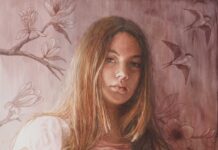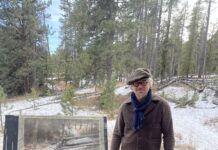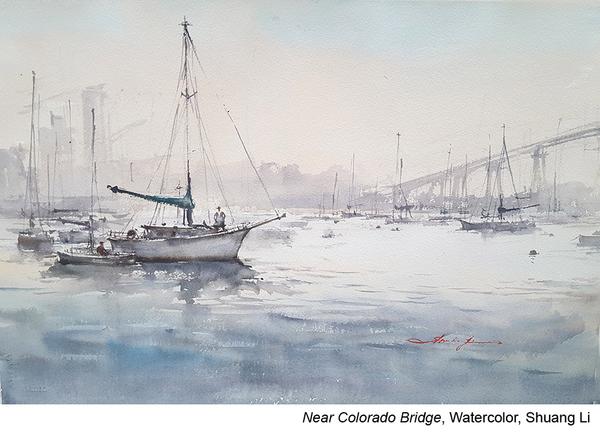
“Good paintings require good visual forms such as strong shapes, unique lighting, and dramatic color schemes,” says Shuang Li. “When I’m out looking for subject matter, I look for those elements.
“At the same time, I also look for the atmospheric feeling or poetic mood that I can personally associate with any scene, and I try to visually communicate my emotions through both my design and painting process.
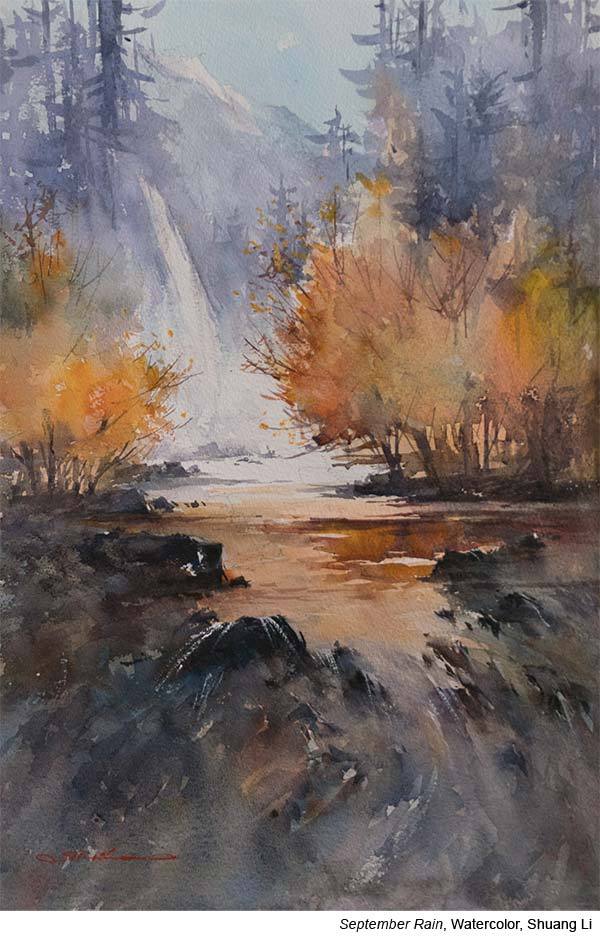
“Once I know how I emotionally feel about the scene (or “get the atmospheric” sense of the scene), I begin to think about what visual forms I can use to express both that emotion and the physical elements I see. I begin creating my composition and I enhance anything that will more fully help express the character of the scene and I eliminate anything that’s not helping express that original vision.
For me, painting a watercolor is like building a house: the design elements (shapes line, color, value, texture) are my building materials. The design principles (unity and harmony, dominance and conflict, balance, repetition, and alternation) are my blueprints for the final painting. Watercolor techniques are important, but true success for an artist comes from the ability to combine both the principles of design and the design elements in a painting process.
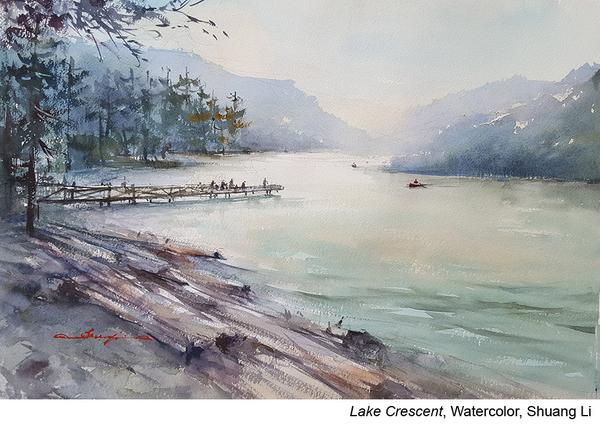
Watercolor Painting Process
Planning: what I am going to paint and why
This stage sometimes only takes a few minutes (especial in plein air sessions). Sometimes it can take days to achieve. This depends on the complexity of the subject matter, or the visual languages I try to use for the subject matter. At the end of this stage, most of the time, the result is one or few value sketches with design variations. Sometimes the “value sketch” is not done on paper, but rather in my mind, especial in plein air situation. While it may appear to others that I haven’t planned anything before painting, planning always plays a very important role though as an “invisible” form.
Drawing: finalize the design on my painting surface
At this stage, after I’ve chosen my final design, I draw a very loose drawing with pencil on my watercolor paper. During the drawing process, I am only emphasizing major shapes from my design. I’m not drawing any details.

First wash: paint all of my largest shapes, keep whites if needed
At this stage, I usually use large, soft brushes and paint with lots of water and pigments. I work from back to front, with a combination of warm/cool colors. I keep my paint as transparent as possible, covering all of my largest shapes but I keep any sharp white areas as needed. At the end of stage, I usually refer back to my value sketch to make sure I’m staying the course with my design, especial the value structure. No details are complete at this stage.
Bold with “sure marks”: establish mid value shapes and darks
At this stage, I take advantage of the perfect moisture from my previous stage. Before my paper is dry, I use “sure marks” that have enough pigment mixed in to establish all mid-values and to create a variety of edge types. I complete fresh darks when the moisture condition is still ideal. Only the necessary details are suggested for the focal areas. In this stage, I complete about 80% work, and usually, it’s in one go. Because I need the paper to have a perfect level of moisture, once I start this phase, I can’t stop.
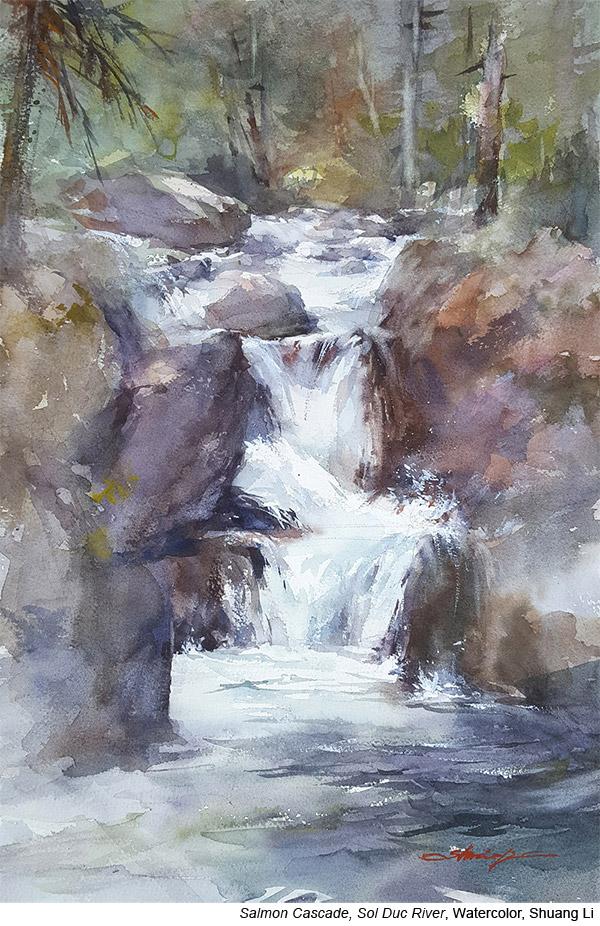
Finishing up: compare and connect
At the beginning of this stage, I always refer back to my original value sketch, compare my painting-in-progress to the original design and value sketch, and make sure the painting progress still aligns with the original goal. Again, this still doesn’t include details. Then I use drier pigment mixing to finish up important areas, adjust varies edges, connect shapes and emphasize on uniting.
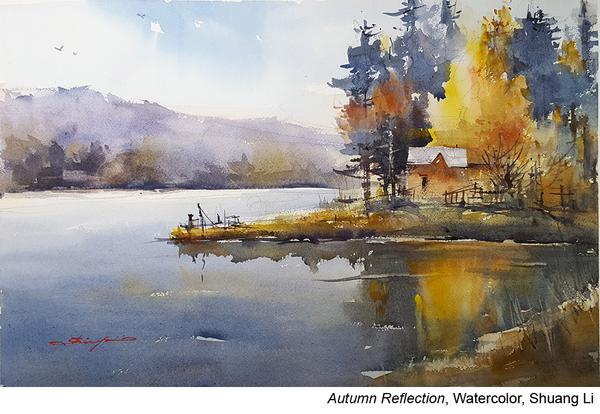
Shuang Li (featured artist in the DVD “Fearless Waterscapes”) was born, raised and classically trained in China. She studied art from an early age and received her BA Degree in Graphic Design and Master Degree in Art History in China before getting her MFA (Master of Fine Art) Degree in the states. Following the traditional “En Plein Air” Impressionism approach, Shuang paints watercolor both on locations and in her studio, portrays the extraordinary variety of life with her unique perspective. Her work has earned her signature status in the National Watercolor Society, Watercolor West, San Diego Watercolor Society just to name a few.

